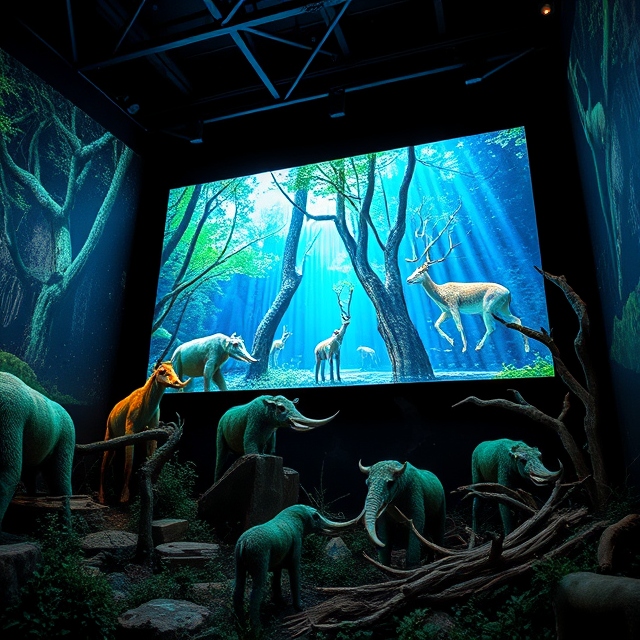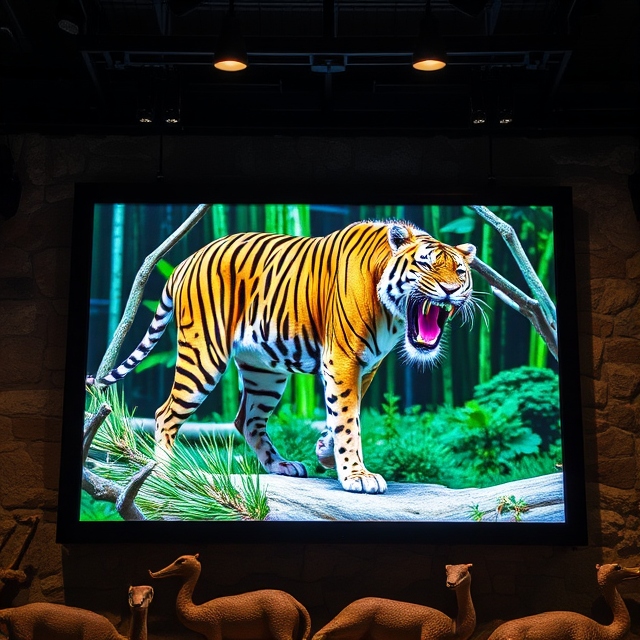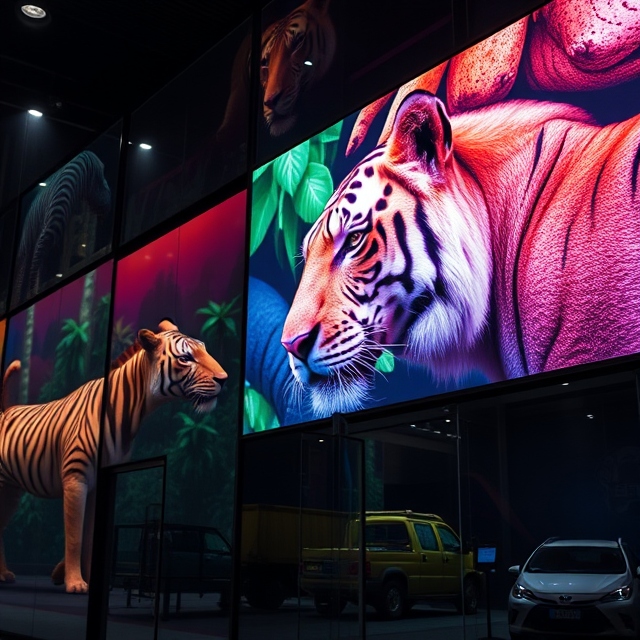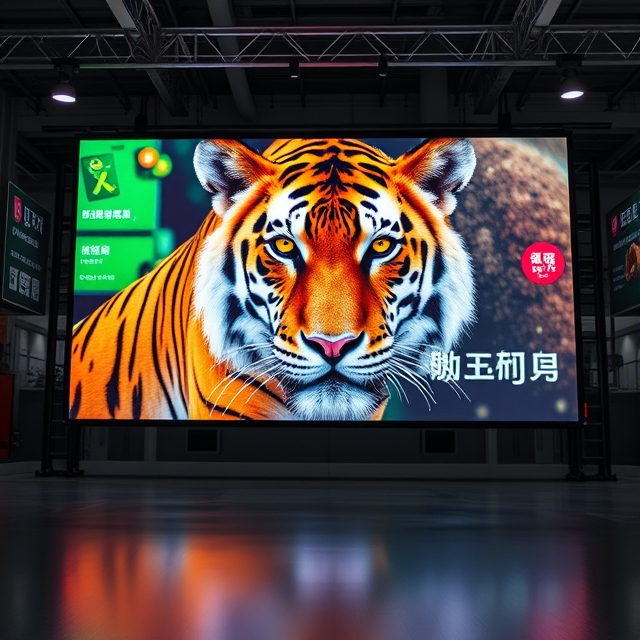- Home
- About Us
- Industries
- Agritech & Smart Farming
- Aquariums & Zoos
- Art & Cultural Exhibitions
- Automotive & Transportation
- Broadcasting & News
- Construction & Real Estate
- Corporate & Offices
- Cultural Heritage & Preservation
- Cybersecurity Operations
- Digital Content Creation & Media
- E-commerce & Online Retail
- Education
- Energy & Utilities
- Entertainment & Media
- Entertainment Arcades & Amusement
- Environmental Monitoring
- Event Management & Conferences
- Fashion & Apparel Retail
- Fashion Retail & E-commerce
- Finance & Banking
- Financial Trading & Stock Exchanges
- Fitness & Wellness
- Food & Beverage
- Food Processing & Manufacturing
- Gaming, Casinos, & Hospitality
- Government & Public Spaces
- Healthcare
- Hospitality & Event Venues
- Insurance
- Legal & Judicial
- Libraries & Community Centers
- Logistics & Supply Chain
- Luxury Cruise & Maritime
- Manufacturing & Industrial
- Meteorology & Climate Research
- Military & Defense
- Mining & Extraction
- Museums & Cultural Centers
- Non-Profit Organizations
- Oil & Gas Industry
- Professional Training & Development
- Public Health & Awareness
- Public Parks & Recreation Areas
- Public Safety & Law Enforcement
- Public Transportation
- Rehabilitation Centers
- Religious & Worship Spaces
- Renewable Energy
- Retail & Shopping Malls
- Retail Banking
- Security & Surveillance
- Social Media & Digital Marketing
- Sports & Stadiums
- Smart Cities & Urban Planning
- Supply Chain & Inventory
- Television & Film Production
- Travel & Hospitality
- FAQ
- Contact Us
- Home
- About Us
- Industries
- Agritech & Smart Farming
- Aquariums & Zoos
- Art & Cultural Exhibitions
- Automotive & Transportation
- Broadcasting & News
- Construction & Real Estate
- Corporate & Offices
- Cultural Heritage & Preservation
- Cybersecurity Operations
- Digital Content Creation & Media
- E-commerce & Online Retail
- Education
- Energy & Utilities
- Entertainment & Media
- Entertainment Arcades & Amusement
- Environmental Monitoring
- Event Management & Conferences
- Fashion & Apparel Retail
- Fashion Retail & E-commerce
- Finance & Banking
- Financial Trading & Stock Exchanges
- Fitness & Wellness
- Food & Beverage
- Food Processing & Manufacturing
- Gaming, Casinos, & Hospitality
- Government & Public Spaces
- Healthcare
- Hospitality & Event Venues
- Insurance
- Legal & Judicial
- Libraries & Community Centers
- Logistics & Supply Chain
- Luxury Cruise & Maritime
- Manufacturing & Industrial
- Meteorology & Climate Research
- Military & Defense
- Mining & Extraction
- Museums & Cultural Centers
- Non-Profit Organizations
- Oil & Gas Industry
- Professional Training & Development
- Public Health & Awareness
- Public Parks & Recreation Areas
- Public Safety & Law Enforcement
- Public Transportation
- Rehabilitation Centers
- Religious & Worship Spaces
- Renewable Energy
- Retail & Shopping Malls
- Retail Banking
- Security & Surveillance
- Social Media & Digital Marketing
- Sports & Stadiums
- Smart Cities & Urban Planning
- Supply Chain & Inventory
- Television & Film Production
- Travel & Hospitality
- FAQ
- Contact Us

Aquariums & Zoos
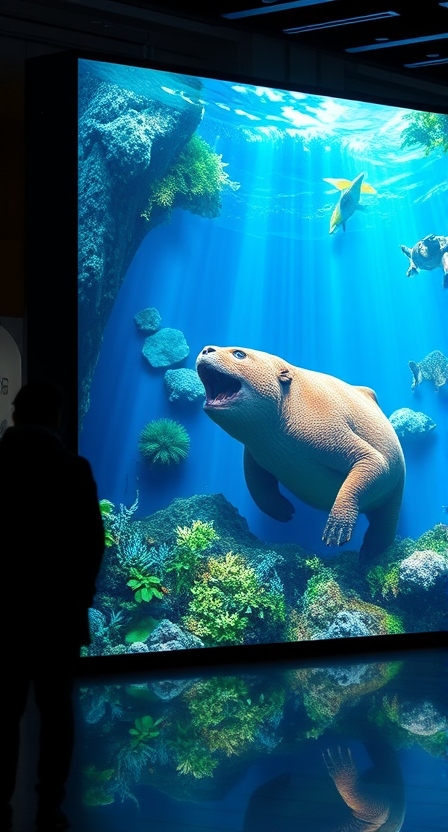
Uses Of Led Display For Aquariums & Zoos
Active LED displays are becoming a crucial tool in aquariums and zoos, where visual engagement, educational content, and environmental awareness are key to enhancing the visitor experience. These dynamic displays provide an effective way to communicate information, entertain, and even inform visitors about wildlife conservation efforts, animal behaviors, and the natural world.
Benefits of Active LED Displays in Aquariums and Zoos
- Interactive Educational Content:
Active LED displays allow for interactive exhibits that can engage visitors, providing real-time information about the animals, plants, and ecosystems they are viewing. Touch-screen capabilities, coupled with vivid visuals, can deepen the learning experience. - Enhanced Visual Impact:
The high-quality resolution and vibrant colors of LED displays make them perfect for creating captivating visuals, such as underwater scenes, animal videos, or wildlife documentaries, enhancing the ambiance of an exhibit. - Real-Time Animal Tracking and Information:
LED displays can be used to show live data on animal movements, feeding times, and behavior patterns, allowing visitors to learn more about specific animals in real time. They can also be used to share current weather conditions or other relevant data for outdoor exhibits. - Promoting Conservation and Environmental Awareness:
LED screens can be used to convey important messages about conservation efforts, endangered species, and environmental challenges, promoting awareness and support for wildlife protection initiatives. - Visitor Engagement and Entertainment:
Active LED displays can be used to show videos, games, or interactive quizzes, keeping visitors entertained while they learn about the creatures and ecosystems. This can enhance the overall visitor experience and encourage repeat visits.
Applications of Active LED Displays in Aquariums and Zoos
- Animal and Ecosystem Information Displays
Purpose: To provide visitors with detailed, real-time information about the animals and their habitats.
Content Ideas:
- Species Profiles: Display detailed profiles of animals, including their diet, natural habitat, and conservation status.
- Behavior Tracking: Show real-time data on animal movements, feeding, and breeding behaviors, helping visitors understand the life of the animals.
- Ecosystem Education: Educate visitors on the specific ecosystems of each species, such as coral reefs, rainforests, or savannahs, using vivid imagery and dynamic videos.
- Conservation Awareness Campaigns
Purpose: To raise awareness about wildlife conservation, endangered species, and environmental challenges.
Content Ideas:
- Conservation Success Stories: Share the progress of conservation programs, such as the recovery of endangered species or habitat restoration efforts.
- Endangered Species Alerts: Display information about critically endangered species and how visitors can help through donations or supporting conservation initiatives.
- Sustainability Tips: Use LED displays to provide visitors with simple actions they can take to help the environment, such as reducing plastic waste or supporting sustainable seafood.
- Live Animal Feeds and Activities
Purpose: To engage visitors by displaying live feeds or activities related to the animals.
Content Ideas:
- Live Animal Tracking: Show live tracking of animal movements in exhibits, allowing visitors to see where certain species are located within large habitats.
- Feeding Times and Shows: Display scheduled feeding times or interactive shows with animals to ensure visitors don’t miss out on these exciting experiences.
- Animal Health Monitoring: Display important health information or status updates on animals, helping visitors understand how animal care is provided and what efforts are being made to ensure the animals’ well-being.
- Interactive Learning Stations
Purpose: To create engaging, educational opportunities for visitors of all ages.
Content Ideas:
- Touch-Activated Information Panels: Provide a touch-screen interface where visitors can learn more about specific animals or ecosystems, watch short videos, or take quizzes to test their knowledge.
- Interactive Games: Use motion sensors or touch-based interactions to offer fun, educational games about wildlife and the environment.
- Virtual Exhibits: Create augmented reality (AR) or virtual reality (VR) experiences that let visitors virtually explore distant ecosystems or observe animals in their natural environments.
- Themed Shows and Entertainment
Purpose: To provide entertainment and create an immersive experience for visitors.
Content Ideas:
- Underwater Displays: Use large LED screens to simulate underwater scenes or show videos of ocean life, helping visitors feel immersed in the environment.
- Animal Documentary Screenings: Use LED screens to showcase animal documentaries or educational videos about the animals in the zoo or aquarium.
- Light Shows and Projections: Create captivating light shows that combine animal imagery, sounds, and environmental themes, engaging visitors visually and audibly.
- Wayfinding and Visitor Information
Purpose: To help visitors navigate the zoo or aquarium with ease and access important information.
Content Ideas:
- Interactive Maps: Provide digital, touch-sensitive maps of the zoo or aquarium that help visitors find exhibits, restrooms, restaurants, and gift shops.
- Event Schedules: Display daily schedules of animal shows, feeding sessions, and other activities throughout the park.
- Visitor Alerts: Use LED displays to provide alerts about exhibit closures, animal behaviors, or other important information that might affect visitors’ plans.
- Donation and Fundraising Drives
Purpose: To encourage visitor donations and support for wildlife conservation initiatives.
Content Ideas:
- Real-Time Donation Displays: Show live updates of how much has been donated towards specific conservation efforts or animal care.
- Fundraising Goals and Impact: Display clear, compelling messages about how visitor donations contribute to animal protection, habitat restoration, or scientific research.
- Corporate Sponsorships: Use LED screens to highlight corporate sponsors and their contributions to the zoo or aquarium’s conservation programs.
- Special Exhibitions and Seasonal Displays
Purpose: To highlight special exhibits, seasonal events, or themed attractions.
Content Ideas:
- Seasonal Themes: Display dynamic content about seasonal exhibits, such as holiday events, special animal appearances, or new exhibits.
- Temporary Exhibits: Use LED screens to highlight limited-time exhibitions, helping visitors get excited about new attractions and upcoming shows.
- Guest Artist Installations: Showcase visual art exhibits, such as animal-themed digital art or environmental photo galleries.
Features
- List Item
- List Item
- List Item
- List Item
Advantages
- List Item
- List Item
- List Item
- List Item
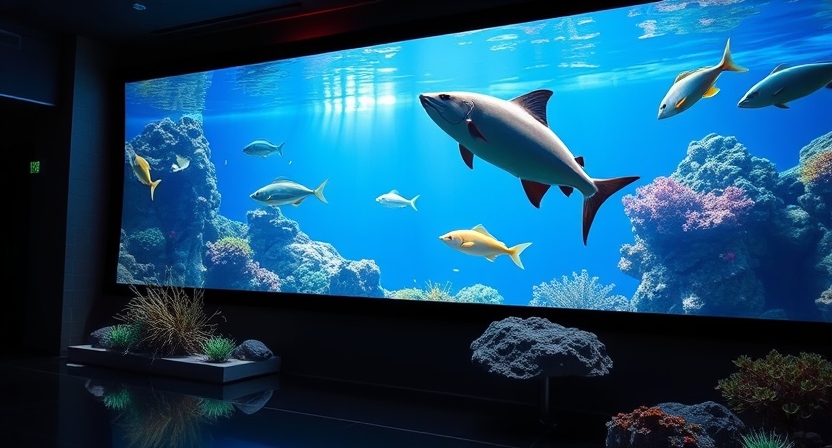
Placement Tips for LED Displays in Aquariums and Zoos
- High-Traffic Areas: Place displays at the entrance, near animal exhibits, in waiting areas, and in high-traffic zones such as restrooms, food courts, and gift shops for maximum visibility.
- Interactive Zones: Integrate touch-screen displays in hands-on learning zones or around popular exhibits to encourage visitor engagement.
- Outdoor and Indoor Placement: Use durable, weather-resistant displays in outdoor animal enclosures or gardens to enhance the visitor experience in all weather conditions.
- Strategic Height: Position displays at eye level or slightly above to ensure visibility from a distance, especially in crowded areas.
- Multi-Screen Integration: Use multiple smaller LED displays across large exhibition areas or combine them into a large central display to create a cohesive experience.
Conclusion
Active LED displays are a powerful tool in aquariums and zoos, helping to improve visitor engagement, education, and conservation awareness. By providing real-time information, interactive content, and visually immersive experiences, these displays can elevate the overall visitor experience, making it more engaging, educational, and entertaining. With their ability to showcase detailed animal behavior, environmental data, and live tracking, LED displays contribute to a more connected and informed experience for visitors of all ages, while also promoting vital conservation messages.

illuminits LED Walls?
Technology
There are three primary LED video wall technologies: ultra-narrow bezel LCD, rear-projection cubes, and direct-view LED displays. Ultra-narrow bezel LCD is the most cost-effective option.
Size
The great thing about illuminits video walls is that they are modular, so you can get them in any size or aspect ratio you want.
Support
The heavier the video wall system becomes, the more panels there are. This puts additional strain on the infrastructure that supports it. illuinits offers the best in-time assistance.
Service
Even high-definition video walls can have problems. This can be a minor or major issue. As a result, Aero provides a variety of comprehensive service packages that ensure minimal downtime at a low cost. Types Of LED Displays
